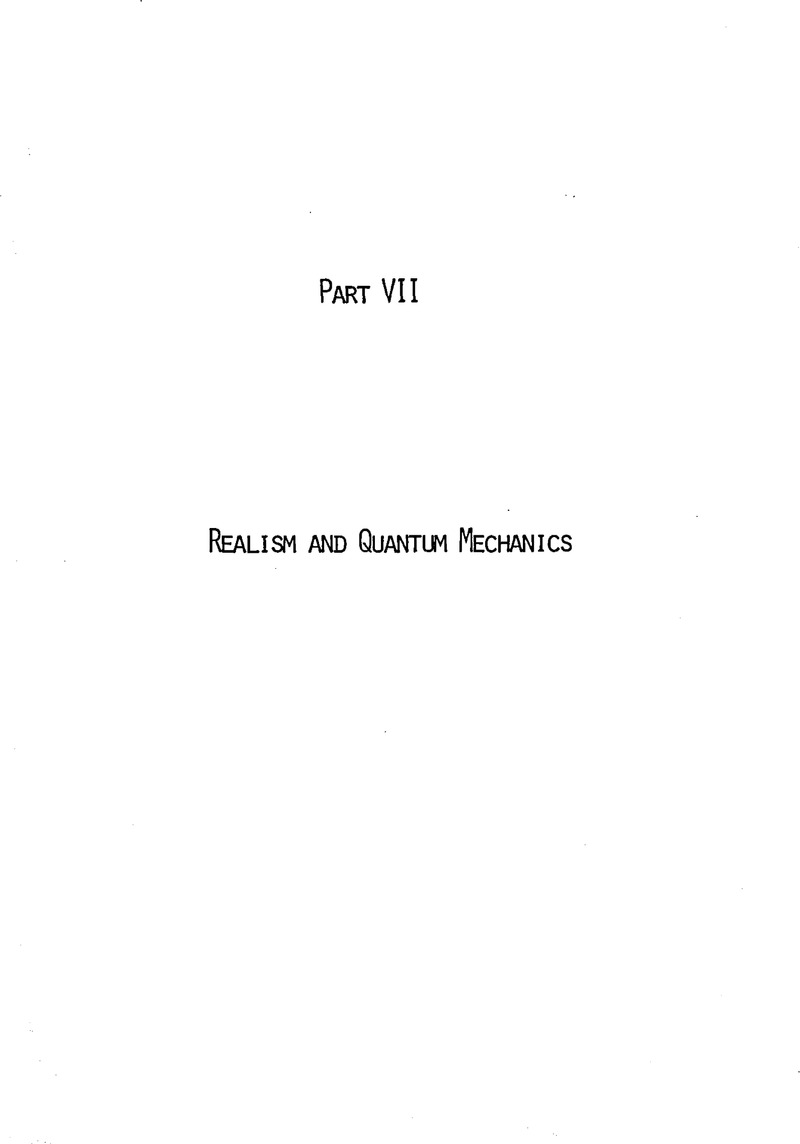No CrossRef data available.
Article contents
Comments on Kochen’s Specification of Measurement Interactions
Published online by Cambridge University Press: 31 January 2023
Abstract

- Type
- Part VII. Realism and Quantum Mechanics
- Information
- Copyright
- Copyright © 1981 Philosophy of Science Association
Footnotes
My research has been supported by the Thyssen Foundation, whose generosity permitted me to accept the invitation to comment on the lecture. I have profited from conversations with Nancy Cartwright, William Demopoulos, Hilary Putnam and Abner Shimony, as well as from the views of participants in a seminar at Cambridge University.
Kochen’s paper, given at the PSA Meeting and discussed in these comments, was not submitted for publication. Dr. Healey’s comments are reasonably self-contained and were thought to be worth publishing even without the paper on. which the comments are being made.


